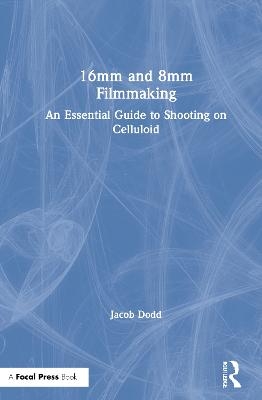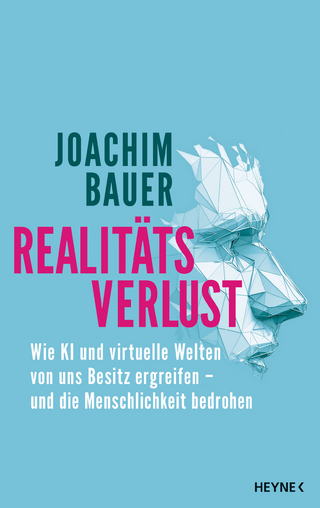
16mm and 8mm Filmmaking
Routledge (Verlag)
978-0-367-42948-5 (ISBN)
This book is an essential guide to making traditional 16mm and 8mm films, from production to post, using both analog and digital tools.
Focusing on low-budget equipment and innovative techniques, this text will provide you with the steps to begin your journey in making lasting work in the legacy medium of great filmmakers from Georges Méliès to Steven Spielberg. The discipline of 16mm or 8mm film can initially seem challenging, but through the chapters in this book, you’ll learn strategies and insight to develop your craft. You’ll discover the right camera for your needs, how to light for film, and the options in planning your digital post-production workflow. The book includes numerous hand-drawn diagrams and illustrations for ease of understanding, as well as recommended films and filmmaking activities to help you build your knowledge of film history, technical and creative skills within each chapter theme.
By applying the suggested approaches to production planning, you will see how celluloid filmmaking can be both visually stunning and cost effective. This is an essential book for students and filmmakers who want to produce professional quality 16mm and 8mm films.
Jacob Dodd is an independent filmmaker and educator who creates short films in 35mm, 16mm, and 8mm motion picture formats. He specializes in personal memoir documentary and fiction filmmaking and combines traditional production techniques with experimental practices. Dodd uses traditional film methods to bring forth a feeling of nostalgia, a transcendence of time, and a sense of the familiar. He is an Associate Professor of Cinema and Screen Studies at Oswego State University of New York.
Introduction, Chapter 1: Why Film, Chapter 2: Motion Picture Cameras, Chapter 3: 16mm and 8mm Formats, Chapter 4: Cinema Lenses, Chapter 5: Motion Picture Film Stocks, Chapter 6: Light Meters, Chapter 7: Planning a Film Production, Chapter 8: Cinema Lighting, Chapter 9: Special Camera Effects, Chapter 10: Magnetic Sound Recording, Chapter 11: Film Processing, Chapter 12: Film Bench Editing, Chapter 13: Film Editing Machines, Chapter 14: Magnetic Sound Editing, Chapter 15: Film Finishing and Projection, Conclusion, Appendix: Camera Guide
| Erscheinungsdatum | 15.01.2021 |
|---|---|
| Zusatzinfo | 24 Tables, black and white; 97 Halftones, black and white; 97 Illustrations, black and white |
| Verlagsort | London |
| Sprache | englisch |
| Maße | 156 x 234 mm |
| Gewicht | 594 g |
| Themenwelt | Kunst / Musik / Theater ► Film / TV |
| Geisteswissenschaften ► Geschichte | |
| Sozialwissenschaften ► Kommunikation / Medien ► Medienwissenschaft | |
| ISBN-10 | 0-367-42948-9 / 0367429489 |
| ISBN-13 | 978-0-367-42948-5 / 9780367429485 |
| Zustand | Neuware |
| Haben Sie eine Frage zum Produkt? |
aus dem Bereich


